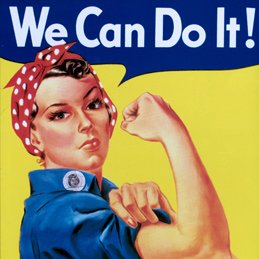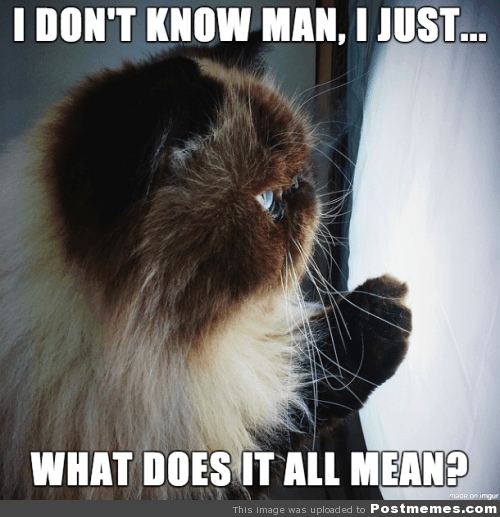While looking for some holiday reading, I stumbled across this article last week: 37 YA Books You Need To Add To Your Reading List. After perusing the list, I settled on a book I’d never heard of before: Aristotle and Dante Discover the Secrets of the Universe by Benjamin Alire Sáenz. I began reading while settling in to bed that night: a few hours later it was 4am and I was finished. It was a startling and surprising experience. This post will act as a book review of sorts.

Image from Goodreads
Aristotle (or Ari) is a bit of a loner prone to angry outbursts. While he has a close relationship with his mother, he finds his father to be distant as a result of his time at war, and he longs to know more about his older brother who is in prison. He doesn’t really have any friends: that is, until he meets Dante Quintana. As their friendship blossoms, both Ari and Dante will have to face truths about who they are as they seek to understand the secrets of the universe.
‘Aristotle and Dante Discover the Secrets of the Universe’ explores themes of difference, sexuality, cultural identity, belonging, and family. The titular characters are both born to Mexican-American parents, and Dante especially finds it difficult to relate to his cultural history. Both boys are sensitive, bonding through conversations about art and reading poetry to each other. The adult characters are both boys parents, and they are significant to the plot and well-developed in their own right. Throughout the novel all characters learn to confront their demons and be honest with themselves and each other.
As a male reader, I appreciated the sensitive and diverse depictions of masculinity that the novel offered. Dante’s father is an English professor, Ari’s dad a Vietnam war veteran, yet both characters bond and learn from each other. At times Ari loses his temper, and he is interested in ‘typically’ masculine things like cars and heavy metal music. This is contrasted with Dante, who draws, reads poetry and can’t help but cry when a bird is injured.
“And why was it that some guys had tears in them and some had no tears at all? Different boys lived by different rules…” – (Page 114, iBooks edition)
Closely linked to the representations of gender are the prominent themes of identity and sexuality. It’s lovely to see YA novels that deal with characters coming to grips with their sexual orientation as we enter a new era of acceptance and understanding of LGBT people. Novels like this will continue to promote inclusive mindsets and also provide insights into the confusion young people may feel as they grapple with their identities. Seeing the way Ari and Dante both explore their own sexuality and come to ‘know’ who they are shows that there are many different paths to self-acceptance.

Marriage Equality White House by BeyondDC from Flickr under CC BY-NC-ND 2.0
The novel is told from the perspective of Ari, and he is often a frustrating narrator: stubborn and emotionally closed, Ari says and does things that cause readers to dislike him despite all of the other characters observing how ‘special’ he is. The other characters show a (sometimes unbelievable) understanding of their own flaws, so it can be infuriating to see him sabotaging himself at crucial moments by withdrawing. However, Ari’s actions make him seem very relatable and human, and ultimately readers will accept his faults.
“Another secret of the universe: Sometimes pain was like a storm that came out of nowhere. The clearest summer morning could end in a downpour. Could end in lightning and thunder.” – (Page 510, iBooks Edition)
While there are certainly some tragic events and a lot of the expected angst from the teenage protagonists, the atmosphere of the novel is one of optimism and hope (this is reinforced by the ending). There’s a lovely balance between character development and plot advancement, and Benjamin Alire Sáenz resolves all of the story threads in a conclusive and satisfying manner. The language is easily accessible to middle-schoolers, with a simplistic vocabulary that is applied for powerful and poetic effect.
Youth Adult fiction has the power to help young people better understand who they are and find their place in the world. To that end, ‘Aristotle and Dante Discover the Secrets of the Universe’ is a wonderful book that I would highly recommend to school-age students – particularly young boys.














